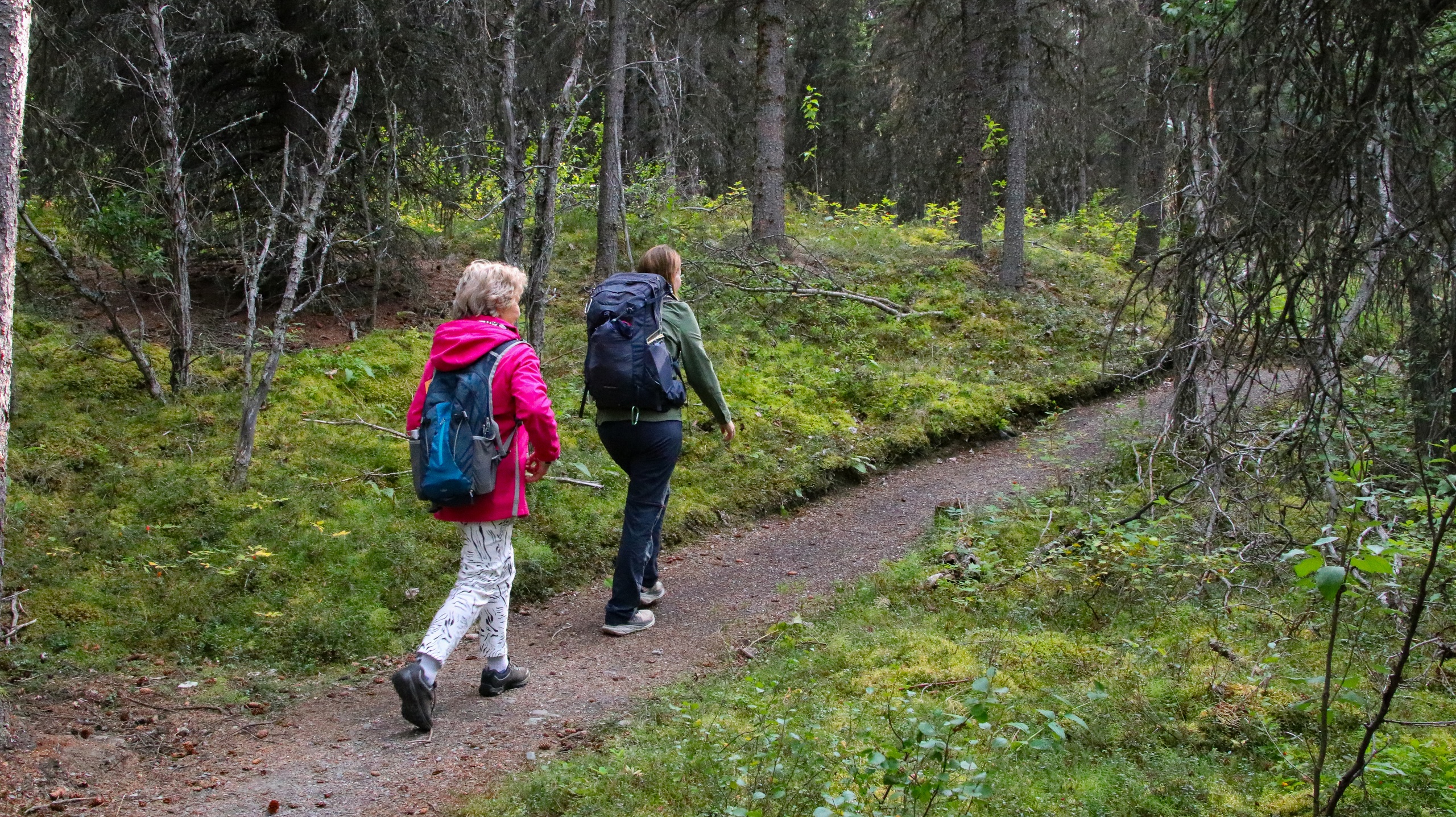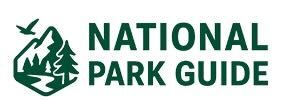Yoho National Park: The Quieter Side of the Canadian Rockies
Waterfalls, turquoise lakes, and big-mountain drama without the crowds
Dawn steals quietly across Emerald Lake, and the water answers in whispers—steam lifting like a curtain as the peaks of the President Range wake to a pale wash of light. The shoreline trail crunches underfoot, a ribbon of damp cedar needles that smells like rain even when the sky is clean. Across the valley, Takakkaw Falls begins its long daily monologue, a constant roar that turns conversations to gestures. In Yoho National Park, nature has a personality and a presence that’s hard to ignore: water speaks up, glaciers breathe, and the Kicking Horse River dares you to keep pace.
Trail Wisdom
Time Emerald Lake Early
Arrive at sunrise to beat crowds and wind—calmer water means mirror-like reflections and easier parking.
Pack a Shell for Takakkaw
The falls create their own weather; expect cool spray and shifting winds even on warm days.
Footwear Matters
Trails are well-graded but can be wet and rooty—wear grippy hiking shoes with decent ankle support.
Mind the Roads
Yoho Valley Road is steep and narrow; trailers are not recommended and seasonal closures are common—check conditions before driving.
Local Knowledge
Hidden Gems
- •Sherbrooke Lake trail for a quieter half-day hike with big payoffs
- •Wapta Falls at golden hour for rainbows in the mist
Wildlife
Mountain goat, Black bear
Conservation Note
Yoho is part of the Canadian Rocky Mountain Parks UNESCO World Heritage Site; stay on marked trails and never remove fossils or artifacts.
The Canadian Pacific Railway’s Spiral Tunnels, completed in 1909, tamed the Big Hill grade; Yoho’s name comes from a Cree word expressing awe.
Seasonal Guide
spring
Best for: Waterfall power, Quieter trails
Challenges: Lingering snow/ice on higher routes, Unpredictable weather
May–June brings roaring runoff and fewer visitors. Expect variable conditions and closed high roads early in the season.
summer
Best for: Peak access, Long daylight
Challenges: Crowds at marquee spots, Midday heat in exposed areas
July–August is prime: all roads open, wildflowers in bloom, and alpine routes snow-free. Start early and use off-peak windows.
fall
Best for: Crisp air and clear views, Potential larch color at higher elevations
Challenges: Cooler temps, Early snow possible
September–early October trades summer bustle for golden light and cooler hiking weather. Pack layers and watch forecasts closely.
winter
Best for: Snowshoeing around Emerald Lake, Frozen waterfall views
Challenges: Road closures, Extreme cold and avalanche terrain beyond marked routes
Winter is quiet and beautiful, but many areas close. Stick to signed winter routes and check avalanche bulletins if venturing near steep terrain.
Photographer's Notes
What to Bring
Lightweight Rain ShellEssential
Takakkaw Falls’ spray and fast-changing mountain weather make a waterproof layer indispensable.
Trekking Poles
Helpful on rooty, wet sections and for longer outings like the Iceline Trail.
Waterproof Hiking ShoesEssential
Trail surfaces can be damp near rivers and falls; good grip keeps you moving confidently.
Polarizing Filter
Cuts glare on turquoise lakes and deepens sky contrast for cleaner, more detailed photos.
Common Questions
Do I need a pass to visit Yoho National Park?
Yes. A Parks Canada pass is required for entry and can be purchased online or at the Yoho National Park Visitor Centre in Field.
How long is the Emerald Lake Loop?
The loop is approximately 5.2 km (3.2 miles) with minimal elevation gain, taking 1–2 hours at a relaxed pace.
Is Takakkaw Falls accessible to strollers and wheelchairs?
The path to the viewpoint is short and relatively flat, but surfaces can be uneven and wet; use caution and check current accessibility notes at the visitor center.
Can I visit the Burgess Shale on my own?
No. The Burgess Shale fossil beds are accessible only by guided hike to protect the site.
What’s the best base town for exploring Yoho?
Field is the closest and quietest base inside the park, while Lake Louise (20 minutes east) offers more lodging and dining options.
Is there cell service in the park?
Coverage is limited outside the Trans-Canada Highway corridor; do not rely on cell service at most trailheads.
What to Pack
Parks Canada pass and photo ID for checkpoints; Waterproof layers because falls and fast weather bring spray and sudden rain; High-energy snacks to keep you moving between short hikes; Paper map or downloaded offline map since cell service is spotty.
Did You Know
Yoho’s Burgess Shale preserves soft-bodied organisms from the Middle Cambrian (about 508 million years ago), providing some of the most detailed records of early animal life on Earth.
Quick Travel Tips
Start early to secure parking at Emerald Lake and Takakkaw; Check Parks Canada for road and trail conditions before you drive; Lake O’Hara access requires advance reservations for the day-use bus; Fuel up in Lake Louise or Golden—services in Field are limited and close early.
Local Flavor
Refuel in Field at Truffle Pigs Bistro for hearty mountain fare and local beers, or settle into the lounge at Emerald Lake Lodge for a lakeside drink with a view. If you’re headed west, Golden’s Whitetooth Brewing and cafes make a worthwhile stop on the drive.
Logistics Snapshot
Closest airport: Calgary International (YYC). Trailheads: Emerald Lake (15 min from Field), Takakkaw Falls via Yoho Valley Road (seasonal). Driving: Field is 20 min from Lake Louise and 1 hr 15 min from Banff. Cell service: Limited beyond the highway corridor. Passes/Permits: Parks Canada pass required; Lake O’Hara access by reservation only; seasonal road closures apply.
Sustainability Note
You’re visiting a UNESCO World Heritage landscape—pack out all waste, stay on established trails, and never touch or collect fossils. Respect wildlife by keeping distance and securing food and scented items.
Continue Reading

Canyon Wave: Rafting Denali’s Glacial Heart on the Nenana River
The Nenana River doesn’t whisper—it urges you forward. On the Canyon Wave run, you’ll punch through crisp, glacial rapids beneath Denali’s ramparts, trading roadside views for a front-row seat to Alaska’s wild hydraulics. Cold water, big smiles, and a canyon that knows how to keep pace.
Healy, Alaska

Chasing Light in Denali: An Afternoon Hike Across Taiga and Tundra
Trade the tour bus for tundra. This guided afternoon hike threads from shadowed spruce to open ridgeline, where Denali’s valleys breathe wide and the wind calls the cadence. Come for the views, stay for the stories beneath your boots.
Denali Park, Alaska

